Why some people prefer chestfeeding to breastfeeding – and no, they’re not trying to erase women
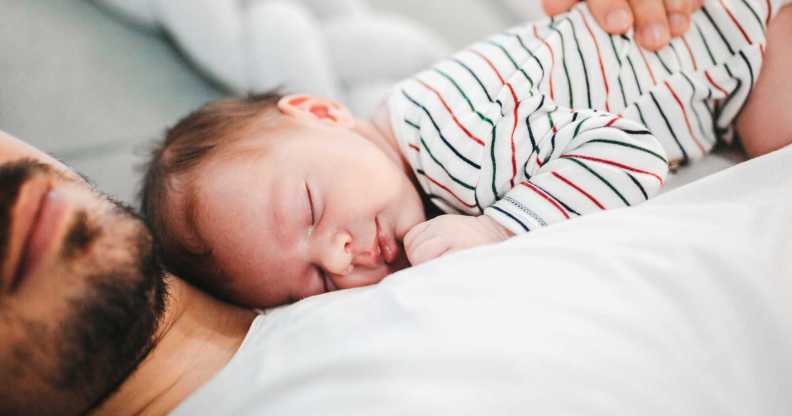
‘Chestfeeding’ is a powerful word that describes the act of feeding your child milk from your chest. It’s often used by trans and non-binary people as an alternative to ‘breastfeeding’. (Getty Images)
If you listen to some campaigners and newspaper columnists, trans people are trying to ‘erase’ womanhood by replacing words such as ‘breastfeeding’ with ‘chestfeeding’. But this is a false, and damaging, narrative.
Simply put, chestfeeding is a word predominantly used by some trans men, non-binary people and gender non-conforming people to describe the act of feeding their children with milk made by their own bodies. Many wrongly assume that lactation is possible only for cisgender women, but, in reality, many trans and gender-diverse people can breastfeed – or chestfeed – too, including trans women.
It’s also possible for trans men and non-binary people who have undergone top surgery, in which soft chest tissue is removed, to chestfeed. On that point, the NHS says: “It is not possible to know how much milk you will produce and if it will be enough for your baby. You may need to offer supplementary feeds.”
This obstacle isn’t unique to trans men or non-binary parents – some cisgender women also struggle to produce enough milk to solely sustain their babies.
When it’s boiled down, chestfeeding doesn’t sound all that controversial as a concept, but it’s evoked fury among some doctors, midwives, newspaper columnists and “gender-critical” feminists who insist the term erases women.
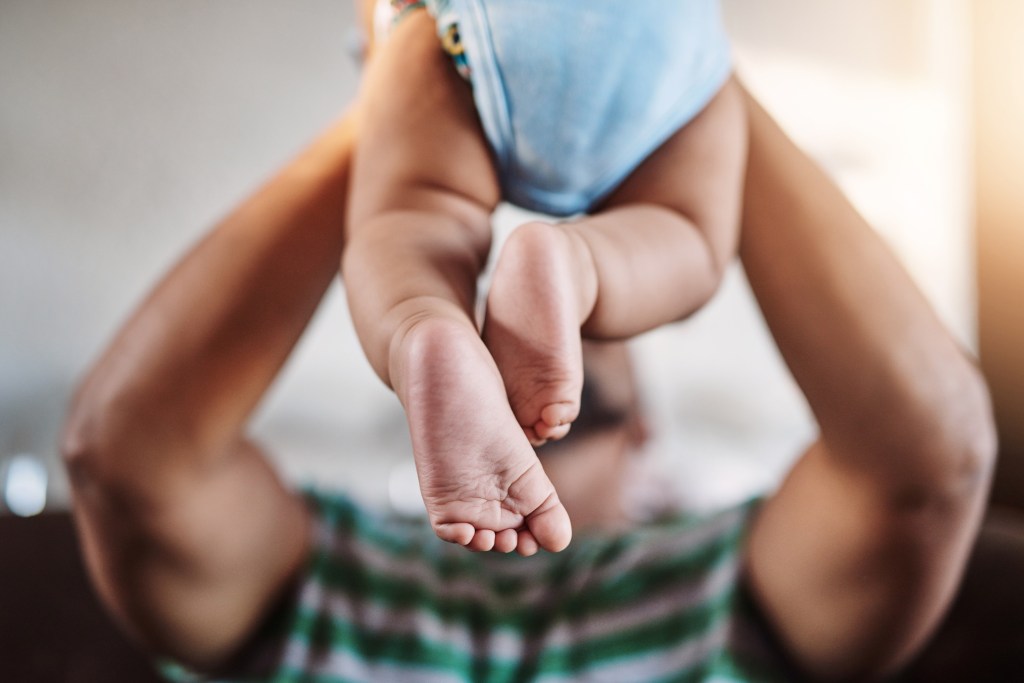
In the UK, the NHS has attracted particular anger for its efforts to make its services more inclusive for trans men and non-binary people.
In January, the organisation hit pause on plans to roll out gender-inclusive training for staff after more than 2,000 people – just 297 of them healthcare professionals – signed a petition opposing the course.
One midwife told the Daily Mail that the training was based on an “ideological agenda”, apparently ignoring the fact that it followed research commissioned specifically to examine the experiences of trans and non-binary birthing people.
But the controversy extends far beyond the NHS.
Some corners of the right-wing media have worked tirelessly to drum up debate and outrage about gender-neutral language. Last month, the Daily Mail published an article listing all the terms that had been “replaced” by “woke NHS trusts”.
Naturally, breastfeeding made the list, with the article alleging that the word had been replaced with chestfeeding.
Of course, the existence of gender-neutral language doesn’t erase womanhood or gendered language. In most cases, words such as “mother” or “breastfeeding” are the right terminology to use because most people who access maternity services are women.
But when trans men or non-binary people become pregnant, they might feel those words don’t represent them – and their use in those contexts could contribute to feelings of gender dysphoria.
Jacob Stokoe embraced chestfeeding after having top surgery
Jacob Stokoe is a trans man who has given birth to two children. He has also had the experience of chestfeeding his infants – and wouldn’t change it for the world.
“When I first started testosterone, I was told it would make me infertile and was even encouraged to have a hysterectomy, which is something, thankfully, I fought against,” Jacob tells PinkNews.
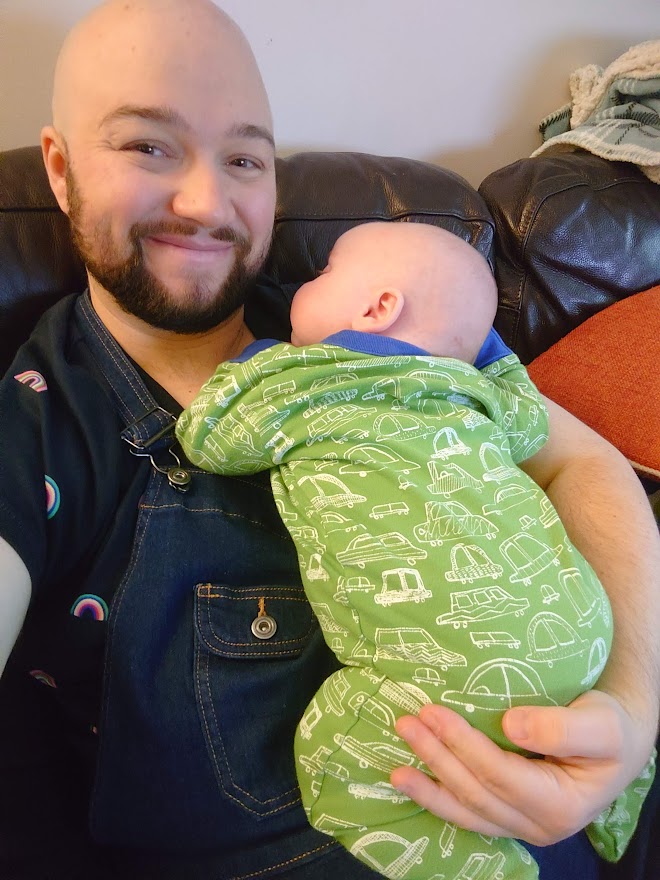
“It was only through seeing other trans guys who had been on testosterone go through pregnancy that I realised this was something I [might] be able to do.”
When Jacob and his husband decided they wanted to start a family, he made the difficult decision to stop taking testosterone to see if his periods would come back. They did, and shortly afterwards the couple successfully conceived. Jacob gave birth to their first child in 2018 and their second in 2021.
‘I celebrate breastfeeding and all that it is – it’s just not the right word for me’
Jacob initially assumed chestfeeding wouldn’t be an option for him because he had already undergone top surgery. But, to his surprise, he discovered he was able to produce milk in small quantities. That opened the door for him to feed his babies, but it also brought up some issues with gender dysphoria.
For Jacob, reframing what it meant to feed his children helped him work through that process.
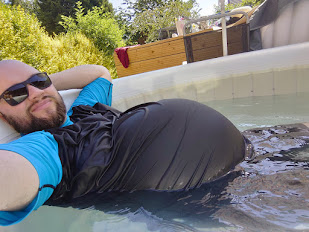
“For me, this part of my body is my chest. I know I have breast tissue in the same way a cis man has breast tissue, but in the same way that you wouldn’t say this is a cis man’s breast, I don’t call this my breast – this is my chest,” he explains.
That’s why he prefers the term “chestfeeding”. It works better for him than “breastfeeding”, and it more accurately conveys his lived experience.
But that doesn’t mean he’s trying to erase words such as “breastfeeding”. In fact, he points out that most parents will have no issue using gendered terminology, and it might even help some of them feel more connected to their bodies – and to their children.
“I celebrate breastfeeding and all that it is and all that it does. It’s just not the word that’s right for me,” Jacob says.
“I have shared experiences with women: the experience of birth, the experience of feeding from my body, the experience of growing a human inside me. That is an experience I share with many, but not all, women.
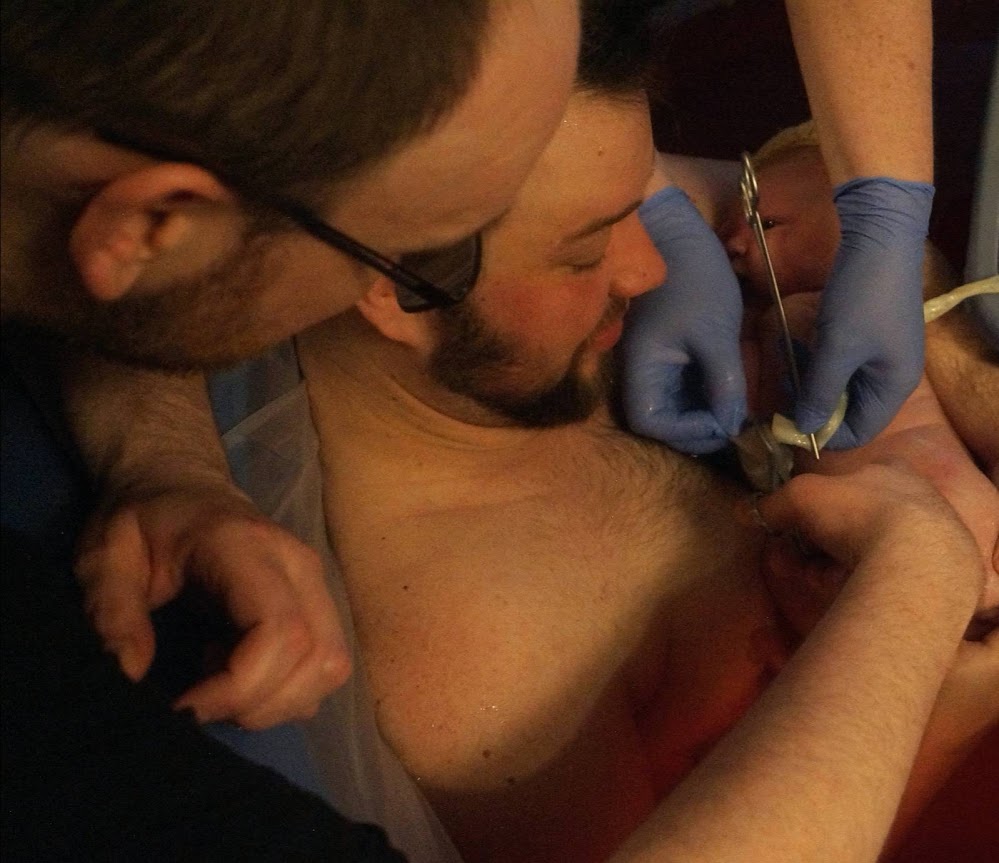
“Womanhood is so much more than just the ability to get pregnant, give birth, deliver a baby. Womanhood is a bigger, [vaster] concept and there are millions – billions – of women who do not want to, or cannot, give birth. That includes trans women, but it also includes many cis women.
“So, when we reduce womanhood down to that, we are ignoring their experiences while erasing mine.”
These days, Jacob provides training to midwives and other staff on how to care for trans people going through the birthing process. He never tells them to stop using gendered language.
“One of the major things I say is: ‘Use the language for the person in front of you and that means that 99 per cent of the time, you’re going to be using breastfeeding, woman, mother. But know that this other language exists, so that if somebody is there who needs other words, you have them to hand’.”
Gender-neutral language makes some people ‘more comfortable’
Cleo Madeleine, a spokesperson for trans charity Gendered Intelligence, says using non-gendered terminology such as “chestfeeding” when dealing with trans people, is a “compassionate gesture” that can make all the difference.
“Sometimes in these conversations around using more nuanced language, we’re so pressed to justify our language use that we forget that it genuinely is OK to do something just because it’s a nice thing to do. It’s OK to do something just because it might make people more comfortable.”
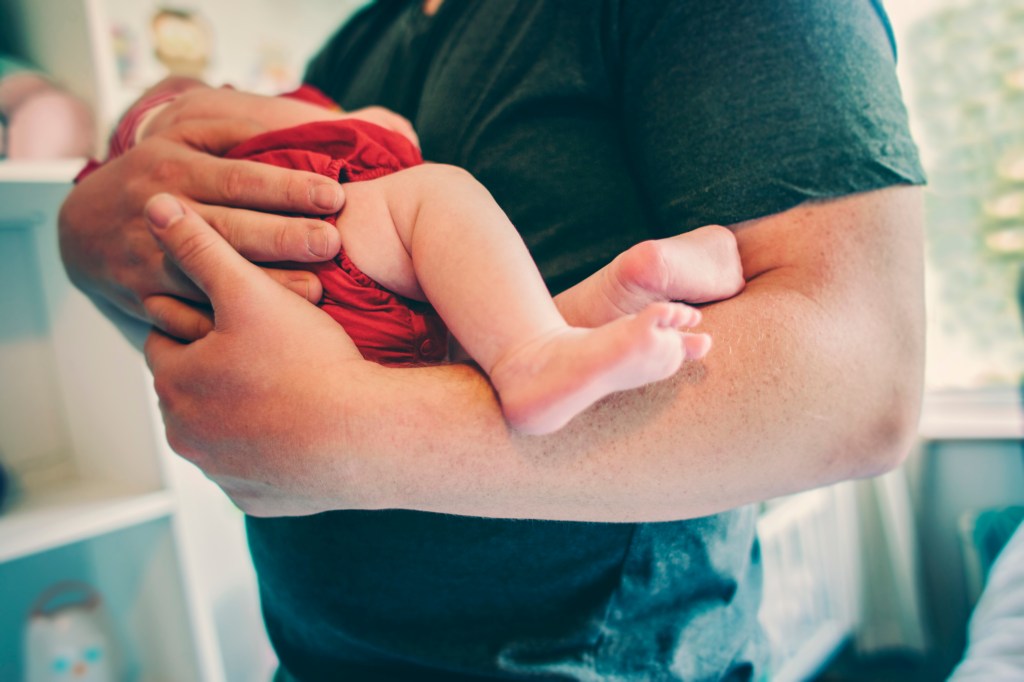
Cleo agrees that most of the language in maternity services should be geared towards women as most birthing parents are women. However, she says there must be space for trans men and non-binary people too. Branding gender-neutral language as “woke” only serves to marginalise a small group of soon-to-be parents.
“What it’s doing, is saying to a small minority of people that they’re not welcome in this care, that they shouldn’t have access to it, that they don’t deserve it. That’s where we see a real harm happening,” she adds.
It’s also important to try to look on the bright side and remember that it’s just a small minority who feel the need to sign petitions and write newspaper columns about gender-neutral language, according to therapist Marianne Oakes.
“I was born in 1962 and men were still being put in prison for loving another man at the time,” she says. “It’s very easy to look at where we are in 2023 and say it’s really bad and it’s horrendous, but actually the fact that we’re even having this discussion… is progress.
“Just remember, it’s wonderful that we are able to have this now, that trans men are having babies, that trans women are able to feed their own children their breastmilk. We should never forget that.”
How did this story make you feel?

